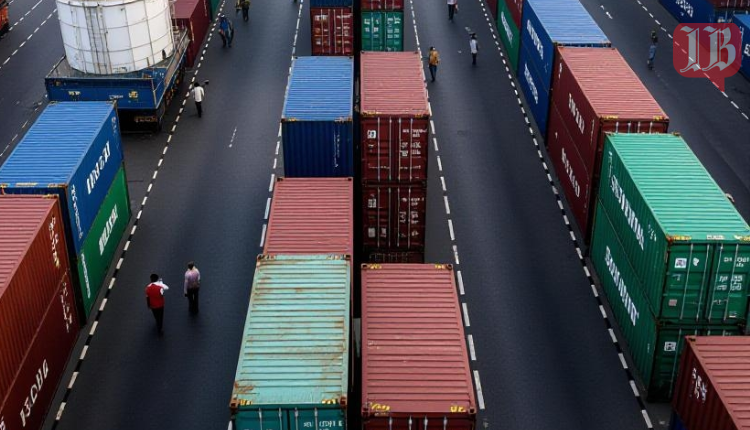New Delhi: In the midst of escalating trade tensions sparked by former US President Donald Trump’s tariff threats, India’s petroleum strategy is under the microscope.
Trump has voiced displeasure over New Delhi’s growing oil purchases from Russia, but External Affairs Minister S Jaishankar’s firm retort —”If someone has a problem buying from India, they needn’t”— highlights the nation’s unyielding stance. This begs the question: Just how diversified is India’s crude oil import network, and where do its refined products end up fuelling the world?
India, the world’s third-largest oil importer and consumer, relies on foreign supplies for a staggering 85 per cent of its needs. Domestic production, though present in regions such as Assam, the western offshore areas, Rajasthan, Gujarat, Mumbai High, and the Krishna-Godavari basin, falls short. Ongoing explorations hint at untapped reserves, but for now, the country turns to the global market. What makes this strategy remarkable? India sources crude from no fewer than 40 nations, turning potential vulnerability into a strength through diversification.
According to commerce ministry data, Russian crude imports rose 25 per cent year-on-year, hitting $3.92 billion in December last year alone — a leap from $3.61 billion the previous month. By November, this figure climbed 8 per cent to $10.5 billion, comprising about one-third of India’s total crude inflows. Why the spike? Geopolitical shifts and discounted rates have made Russian oil an attractive option, even as Western sanctions loom.
But Russia isn’t the sole player. India’s import basket includes heavyweights like Saudi Arabia, the United Arab Emirates, the United States, Kuwait, Nigeria, Mexico, and Oman. Emerging suppliers such as Brazil, Canada, Guyana, and Suriname add to the mix, ensuring no single source dominates. This mosaic not only buffers against supply disruptions but also allows India to negotiate better terms. Have you ever wondered how such variety influences global energy politics?
Once imported, the crude doesn’t sit idle. India’s refineries —among the most advanced in Asia —process it into valuable petroleum products. This alchemy yields high-speed diesel, petrol (motor spirit), fuel oil, aviation turbine fuel, and kerosene. These aren’t just commodities; they’re the lifeblood of daily life, powering everything from commuter vehicles to power plants, aircraft, military fleets, and even submarines. In essence, imported crude becomes the engine of India’s economy, driving growth across sectors.
And then comes the export twist. India doesn’t merely consume; it exports these refined products to a host of nations, flipping the script on dependency. Top buyers include the United States, Singapore, Australia, the Netherlands, the UAE, various European countries, and South Africa. Europe, in particular, leads the pack in procuring India’s refined oils. This import-refine-export model has positioned India as a key player in the global energy chain, boosting foreign exchange and industrial prowess.
Amid Trump’s tariff rhetoric, aimed at curbing India’s Russian ties, this ecosystem underscores New Delhi’s resilience. As Jaishankar aptly put it, no nation can be coerced into altering its energy choices. Yet, the episode raises broader queries: How will ongoing trade wars reshape alliances? And can India further expand its domestic exploration to reduce imports even more?



Comments are closed.